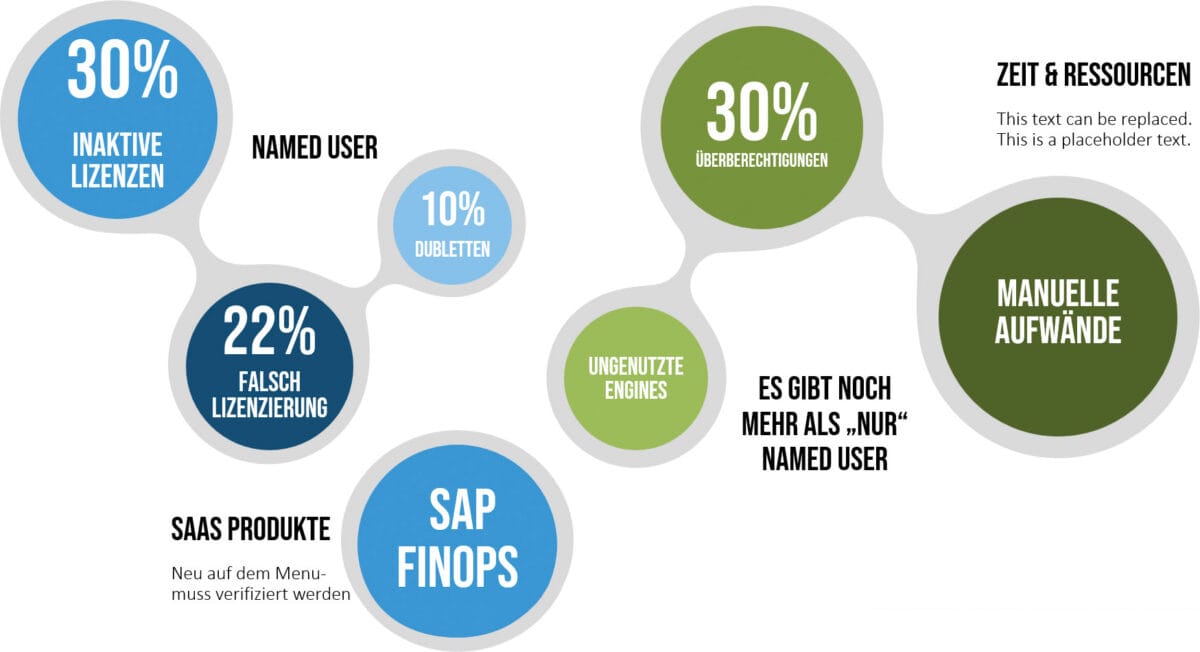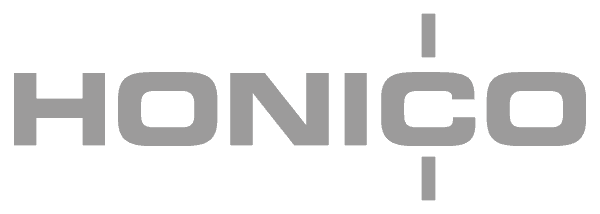SAP License Optimization Tools Are Indispensable


SAP continues to set ambitious sales targets, which means increased pressure on existing customers through accelerated migration to S/4 in the SAP cloud, intensified "hypercare" audits and new license models. In times of rising IT costs, the optimization of SAP licenses is becoming a strategic necessity. If you want to meet SAP on an equal footing in license negotiations, it is actually essential to operate continuous license management, which also includes actively approaching SAP instead of just reacting. Typically, companies receive a request for license measurement once a year. If customers tell us that they have not been measured for several years, we can assume that these customers are either mercilessly over-licensed or that SAP already knows that proactive license management is being carried out there.
Five pillars of SAP licensing
There are now five central pillars of SAP licensing: firstly, named users and secondly, engine or line-of-business licenses. Then there is indirect or digital access, infrastructure such as Hana DB or Any DB and finally SaaS products such as SuccessFactors, BTP, Ariba or Concur. Many solution providers stop at the named user analysis, as this is where the low-hanging fruit is, of course: There is considerable potential for savings with -named user licenses - provided you have the right tools and strategies in place. The problems then come with the other topics, so it is important to ensure that the license situation is fully mapped when selecting the tool.
More complex SAP license management
Rising license costs due to SAP's cloud strategy: Gartner puts the increase in license costs at plus 45 percent, with license metrics becoming ever more complex and increasingly opaque. Stricter and changed compliance requirements are leading to more and more administrative work and contracts that in no way reflect what is actually used or needed.
With user licenses, the biggest cost driver is over-licensing due to incorrect license type assignment (e.g. professional licenses for managers who only use the SAP system occasionally or not at all). But inactive or duplicate users (accounts of former employees that have not been deleted, test users from projects, permanently deployed fire fighters, multiple accounts of the same person on one system, blocked users, etc.) also offer a lot of scope for savings. We are almost constantly told that the customer has a workflow for inactive users, but this workflow is almost never checked. Another cost driver is ineffective license distribution, i.e. licenses based on a lack of usage analysis (including a lack of knowledge about authorizations that are actually used), faulty processes when returning unused licenses to the license pool or simply waiting for license types to be assigned. The latter leads to SAP automatically assigning the expensive Professional license type. Without automated tools, it is difficult to identify potential savings. The optimal allocation of license types based on actual usage profiles requires complex analyses that license managers can hardly perform without technological support. The tools allow you to see immediately what advantages certain licenses offer you. With the help of solutions, you can better assess whether you really need them for your company. The tools can carry out the measurement as part of automated processes, provide you with results in a clear presentation and can even find and deactivate inactive users. There are therefore many good reasons for using such a tool and taking license optimization more into your own hands.

Limits of manual optimization
The manual optimization of SAP licenses quickly reaches its limits. The complexity of the SAP license model makes manual administration extremely time-consuming. Time that you could use so much better for really important tasks. With different user types, indirect use and special engine licenses, the complexity of licensing requirements is so confusing that it is almost impossible to manage.
The dynamic nature of day-to-day business leads to constant changes in usage requirements: Employees change internally within the company, new projects require additional authorizations, company growth or restructuring continuously change license requirements, mergers and acquisitions add license agreements, and manual adjustments always lag behind these developments. In order to make well-founded licensing decisions, vast amounts of data need to be analyzed. Usage statistics, authorizations and historical access data must be systematically evaluated - a process that is error-prone, inefficient and non-transparent when carried out manually.
License terms always new
SAP regularly changes its license terms; price list changes, renaming and realignments are added quarterly, which further increases the updating effort. New license models, changed metrics and adapted conditions must be taken into account on an ongoing basis - manual processes reach their practical limits here.
The implementation of an SAP license optimization tool is a strategic investment whose return on investment (ROI) is typically realized within six months. Direct savings potentials result from the above-mentioned rightsizing measures, e.g. when professionals automatically receive a targeted downgrade measure based on their actual usage or the authorizations used (needs-based allocation); or the automatic detection and cleaning up of inactive accounts.
In addition to direct cost avoidance and the identification of license risks, there are additional benefits. These include a reduction in manual administration work by up to 80 percent as well as improved compliance and greater audit security. Role usage analyses with clear recommendations for action also significantly improve the ability to plan future license requirements. At the same time, a sound basis for decision-making is created for contract negotiations. This is complemented by automated and traceable license management, which makes the entire process more efficient with clearly defined processes.
The profitability of license optimization tools typically increases over time through continuous optimization by establishing processes that include internal audits, i.e. a regular review of their efficiency. Integration into existing processes is therefore essential in coordination with user lifecycle management and also synchronization with a company's software asset management (SAM). Automated workflows, automatic alerting and scheduled data loading, execution of reports and analyses then lead to increased efficiency. The current SAM world offers a variety of specialized tools for SAP license optimization. These tools are characterized by central functional areas that contribute significantly to cost savings and compliance assurance.
Intelligent rule sets: Precise recording of actual system usage ultimately forms the basis for optimization decisions through detailed activity measurement based on transactions, executed reports and jobs, Fiori applications, authorizations, the recognition of usage patterns for optimization potential and automated invalidation, with subsequent writing back of the results from the tool.
These sets of rules form the heart of many tools, as they enable intelligent optimization of license allocation. This includes an in-depth analysis of the authorizations actually used, an automatic compliance check based on elaborated rules that are specially tailored to the customer's contractual situation, the execution of simulations and automated license type profile maintenance. The latter is used to classify Z and Y objects as well as unclassified objects. When selecting such a tool, particular attention should be paid to user-friendly dashboards, detailed reporting functions and high security standards. In addition, the ability to record both direct and indirect license usage is crucial for comprehensive optimization.
Conclusion and outlook
The introduction of specialized solutions for SAP license management offers companies considerable advantages. These include demonstrable cost savings, early identification of unbudgeted risks, more efficient and automated processes, improved compliance and a future-proof set-up. In addition, professional license management enables companies to conduct contract negotiations with SAP on an equal footing based on sound knowledge. Developments such as cloud transformation and S/4 migration will further increase the importance of effective license management. Companies should therefore look into automated solutions at an early stage in order to remain competitive.
To the partner entry:








